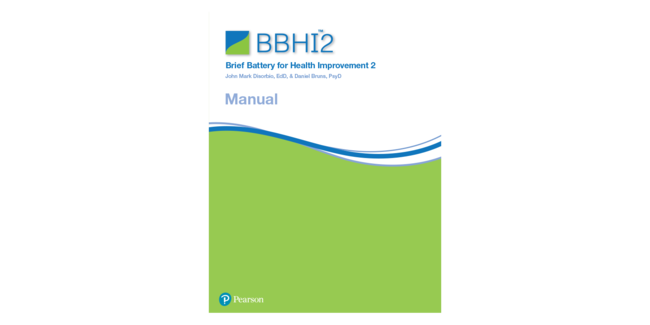Brief Battery for Health Improvement 2 (BBHI™ 2) is a brief diagnostic tool well-suited for assessment of validity, physical symptoms, psychological, character, environment, and social factors that can impact response to normal course of treatment and recovery of patients. Guidance on using this test in your telepractice.
Brief Battery for Health Improvement 2
BBHI 2
Brief Battery for Health Improvement 2 (BBHI™ 2) is a brief diagnostic tool well-suited for assessment of validity, physical symptoms, psychological, character, environment, and social factors that can impact response to normal course of treatment and recovery of patients. Guidance on using this test in your telepractice.Choose from our formats
Kits
Starter & complete kits, print & digital
1 option
Test forms & reports
Booklets, record forms, answer sheets, report usages & subscriptions
3 options
Support materials
Manuals, stimulus books, replacement items & other materials
2 options
All products
All tests & materials offered for BBHI 2
6 options
